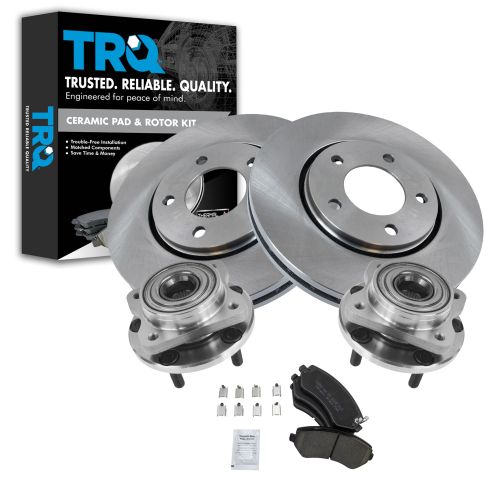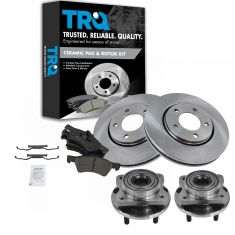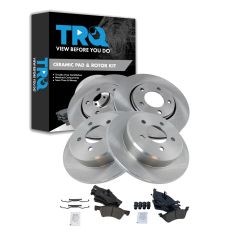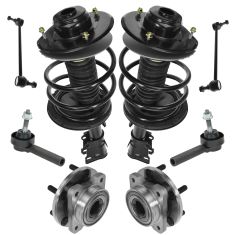1ABMS00073-Dodge Chrysler Front Ceramic Brake Pad & Rotor Kit with Wheel Bearings TRQ BKA52220

Replaces
2001 Dodge Caravan with Rear Drum Brakes Front Ceramic Brake Pad & Rotor Kit with Wheel Bearings TRQ BKA52220

Product Reviews
Loading reviews
1.00/ 5.0
1
1review
2+ weeks
October 17, 2019
Took forever to get my parts almost 18 days from the date of arrival, and customer service only offer, money back, I used this service before and it was pretty smooth.....
Customer Q&A
No questions have been asked about this item.
Dodge is a registered trademark of FCA US LLC. 1A Auto is not affiliated with or sponsored by Dodge or FCA US LLC.
See all trademarks.















